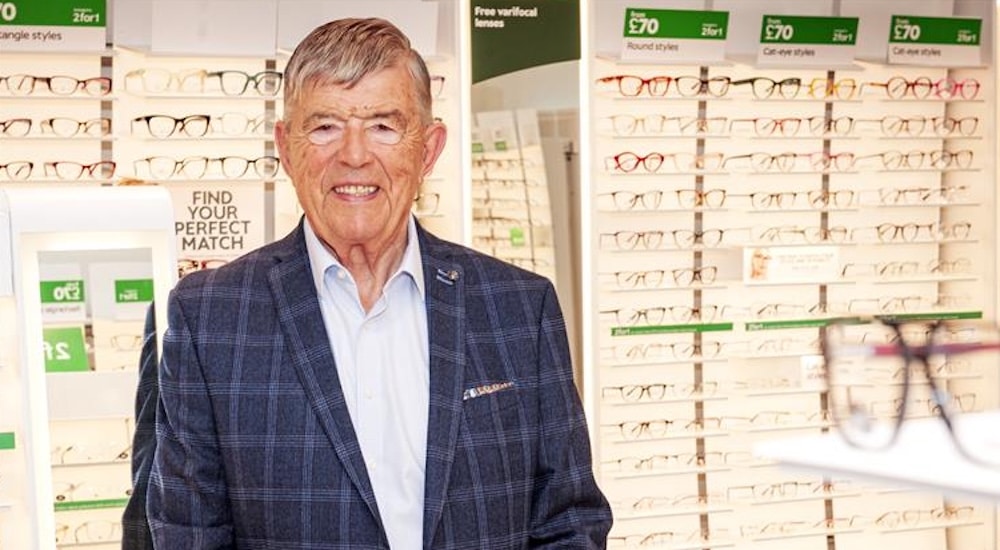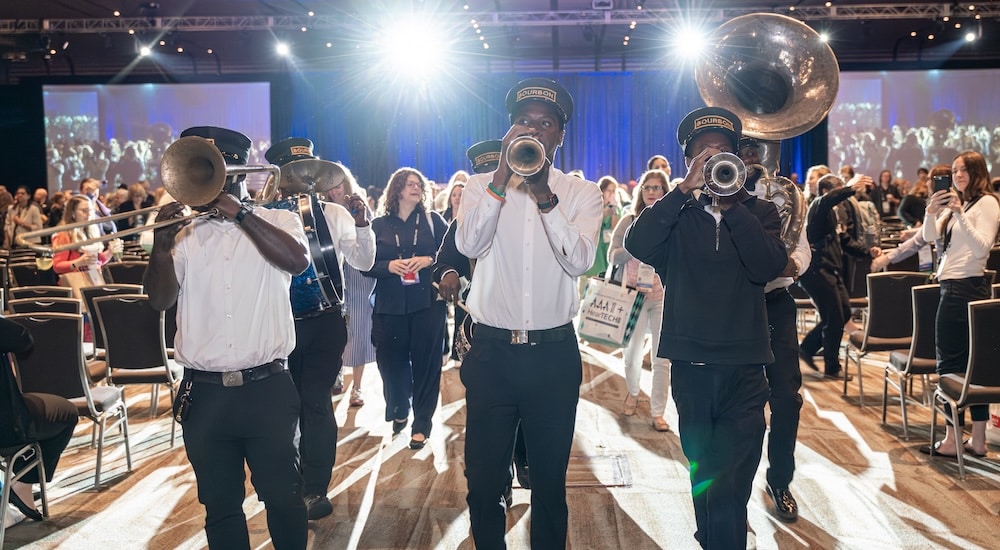Elderly adults saturated with information do not respond to fittings
Training
Professionals tend to think that, by and large, the greater options offered by fitting a hearing aid will bring an overall improvement; in the elderly, however, this "more means better" does not always work out.

Sometimes, it is advisable to start with basic things and then gradually carry out a training process, thus avoiding a high abandonment percentage, and offering the patient what he or she really wants.
This has been shown in research by the US producer Starkey Hearing Technologies, the results of which were made public at an Audiology Updating Conference held in Cali, Colombia, in February, by the Colombian Audiology Association (Asoaudio).

“What we did was establish a relation between hearing aids and the overall health of the patient. We became aware of the abandonment elderly adults have always experienced because what we thought they needed does not always match what they really want, so the first thing we must do is listen to them,” said Joseph García, international training manager for Starkey Hearing Technologies.
The root of the problem is that the current way of treating patients varies little from one to the other. Audiologists fit patients with the best technology, according to each case, and from there they must get on with their lives; “but those aged 70 or 80 are not satisfied with their hearing devices. Although we do a clinical evaluation and there is speech comprehension in noisy surrounding, there is a high percentage of patients who are not content with their aids because they don’t understand either the technology or the instructions, and they feel frustrated. People of this average age have hearing loss as well as lessened cognitive ability, and this does not allow them to grasp all that hearing aids can bring them,” points out the Starkey executive.
All this shows that knowing the patient’s mental capacity can have a positive impact on product satisfaction. “If we know what they want, we can treat them differently, instead of wasting time showing them things during a visit. It is best to schedule other days for programmed training and give them little information so that they can understand different subjects. There are patients who will take six sessions to train, but not all respond the same way. A good strategy can be doing short daily sessions and choosing one single aspect, something for them to practise daily, perhaps for three minutes, and they then gradually get used to their device and are going to grasp the concepts,” comments García.
Training before and after
This research study by the producer once again shows that with age and hearing loss, mental ability diminishes, yet it is still possible for elderly adults to understand new technology and its processes. For Joseph García the message is clear: training before and after. Before, so they understand the hearing system and get a clear idea of all that hearing aids can bring to the ear; they should understand what speech amplification is and then create their own analogies. Training after fitting serves for teaching how to handle hearing aids.
“We are not doing this with any bad intentions. To the contrary, we are there to help them and we are becoming aware that we achieve nothing by fitting an elderly patient with a highly-complex hearing aid if, in the end, they are not going to understand it and then lose faith in devices because they cannot use them. This happens a lot,” the expert points out.
Elderly people represent the biggest population group in terms of hearing aid use, although this is changing over time because people with normal hearing are attracted by technology and often abuse it, leading to notable deterioration in their hearing.
With young patients, the fitting process is quite different. They were born with the technological ‘chip’ that makes processes easier and they absorb things in a different way; this is what audiologists must keep in mind, that it is different with the elderly, and professionals try to give them everything but the ideal thing is to give them the basics and start from there to see how far they get, and that this is enough to meet their needs.
This is a subject, of course, that can seem obvious at first sight, but hearing specialists at the updating conference expressed their surprise because they had never tackled this issue in such a way. “They realised that it is not always the fault of the patient or the device, and this is enlightening because they wake up to the fact that they sometimes saturate patients, and that is why they don’t respond,” underlines García.
With good training, patients will be convinced they must use hearing aids not only to hear better, but also to live fully, since they won’t get stressed, feel isolated, or become ill when they have a good hearing device. This is a positive aspect for their mental and physical health, and in the end this is the message the industry wants to get across.
Read this feature in Spanish on Audio Infos Latin America #56:
Discover Audio Infos Latin America’s free-access library (flipbook) or subscribe to the print magazine with a mail to contacto@audioenportada.com.
Interested in LATAM? Sign in for our newsletter
Photos: Antonio Jimenez Alonso – Sxc, M.B.P.


